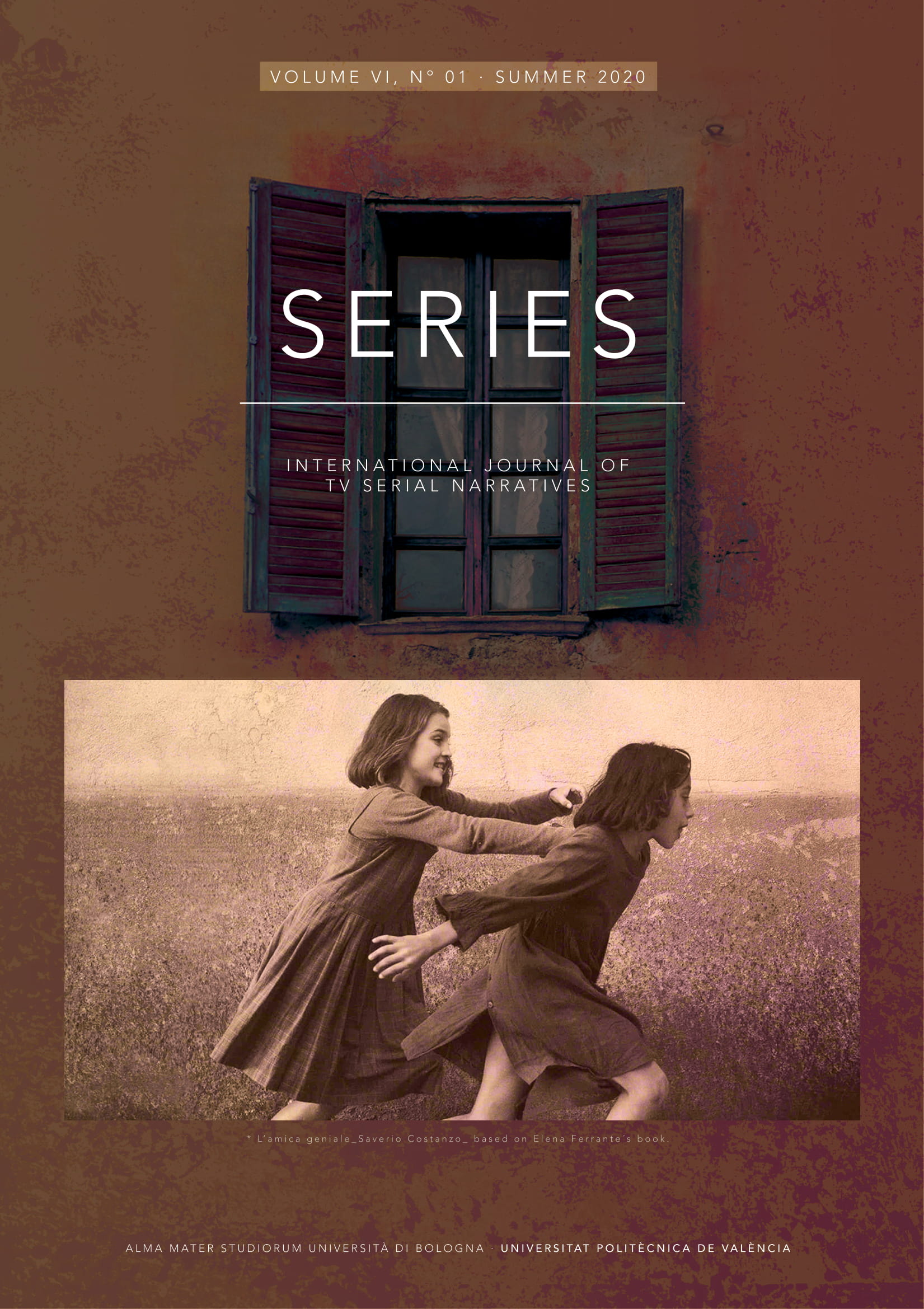‘The Second What’: Science, Tragedy and Mental Abyss in Forensic Files
DOI:
https://doi.org/10.6092/issn.2421-454X/10583Parole chiave:
True crime, mind reading, tragedy, guilt, justiceAbstract
ABSTRACT
Millions of readers and viewers are fascinated by stories about crimes that have actually been committed. In later years there has been an excess of access to true crime novels, movies, TV series, podcasts and blogs, spanning a wide range of formats and subgenres. This article explores some episodes in the series Forensic Files (1996-) in order to explain connections between mind reading, the tragic and true crime. The tragic as concept and mindreading challenges are used to enlighten the role given to science in the series. Forensic Files is a homage to science and forensics, but other evident aspects of the retold crimes are disregarded. A crime has fundamental psychological and mental aspects which are far more difficult to grasp than the outer events and hard facts. The article problematizes the role of thoughts, feelings and intentions in extremely serious crimes as presented in Forensic Files. A significant blank in the process of understanding and judging the perpetrator is named ‘the second what’, a factor which demonstrates a connection between true crime cases and our ability to read minds.
Riferimenti bibliografici
Apperly, Ian (2010). Mindreaders: The Cognitive Basis of «Theory of Mind». Taylor & Francis Group.
Biressi, Anita (2001). Crime, Fear and the Law in True Crime Stories. Houndmills (Basingstoke): Palgrave.
Brereton, Geoffrey (1970). Principles of Tragedy: A Rational Examination of the Tragic Concept in Life and Literature. Coral Gables (Florida): University of Miami Press.
Eagleton, Terry (2003). Sweet Violence: The Idea of the Tragic. Oxford: Blackwell Publishing.
Eagleton, Terry (2010). On Evil. New Haven & London: Yale University Press.
Fishman, Mark and Gray Cavender (eds.) (1998). Entertaining Crime: Television Reality Programs. New York: Aldine de Gruyter.
Hill, Annette (2000). “Fearful and safe: Audience response to British reality programming.” Television & New Media 2: 193-213. http://journals.sagepub.com/doi/pdf/10.1177/1527 47640000100205 (last accessed 28-02-20).
Jankélévitch, Vladimir (1977). La mort. Paris: Éditions Flammarion.
Leverage, Paula et al. (eds.). (2011). Theory of Mind and Literature. West Lafayette (Indiana): Purdue University Press.
Murley, Jean (2008). The Rise of True Crime: 20th-Century Murder and American Popular Culture. Westport (Connecticut): Praeger Publishers.
Richard, Anne Birgitte (2010). Den urimelige kunst: Om tragediens former og de tragiske følelser. Frederiksberg: Roskilde Universitetsforlag.
Romilly, Jaqueline de (1982). La tragédie grecque. Paris: Presses Universitaires de France.
Song, Ruiting, Harriet Over and Malinda Carpenter (2016). “Young children discriminate genuine from fake smiles and expect people displaying genuine smiles to be more prosocia.l” Evolution and Human Behaviour 37: 490-501. https://www.eva.mpg.de/documents/Elsevier/
Song_Young_EvolHumBeh_2016_2286942.pdf (last accessed 13-05-20).
Steiner, George (1990). The Death of Tragedy. London: Faber and Faber.
Vicary, Amanda M. and R. Chris Fraley (2010). “Captured by True Crime: Why are Women Drawn to Tales of Rape, Murder, and Serial Killers?” Social Psychological and Personality Science 1: 81-86. http://journals.sagepub.com/doi/pdf/10.1177/1948550609355486 (last accessed 22-06-20).
Zunshine, Lisa (2006). Why We Read Fiction: Theory of Mind and the Novel. Columbus: The Ohio State University.
Downloads
Pubblicato
Come citare
Fascicolo
Sezione
Licenza
Copyright (c) 2020 Helge Ridderstrom
La rivista è rilasciata sotto una licenza Creative Commons Attribuzione 4.0 Internazionale (licenza completa).
Vedere anche la nostra Open Access Policy.





